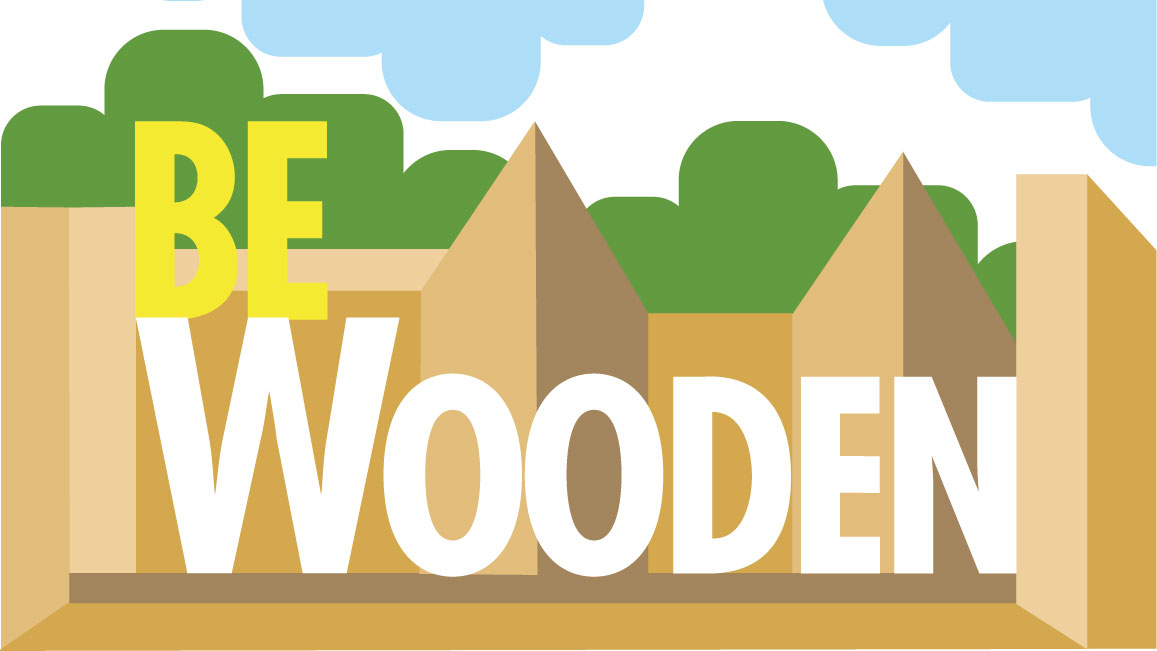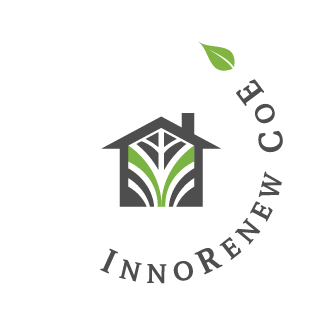
- PROJECT CODE: 11081-28/2018
- PROJECT TITLE: Development of an application for harvesting timber 2.0
- PROJECT LEADER: University of Primorska, Faculty of Mathematics, Natural Sciences and Information Technologies (UP FAMNIT) / Aleksandar Tošić (for InnoRenew CoE)
- PERIOD: 01.03.2019 – 30.06.2019
- PRINCIPAL CONSORTIUM PARTNER: UP FAMNIT
- PARTNERS IN CONSORTIUM: M SORA, trgovina in proizvodnja d.d. (Slovenia); InnoRenew CoE (Slovenia); University of Ljubljana, Faculty of Maritime Studies and Transport (Slovenia); University of Primorska, Faculty of Management (Slovenia)
- FINANCED: European Union – European Cohesion Fund, Republic of Slovenia Ministry of Education, Science and Sport, and the Public Scholarship, Development, Disability and Maintenance Fund of the Republic of Slovenia
- BUDGET: 17.025,00 EUR (1.550,00 EUR for InnoRenew CoE)
In the previous project RecAPPture, in cooperation with M SORA and UP FAMNIT, we developed an application through which the public can offer used wood for collection. The motivation for development was the potential re-use of the wood due to its long lifespan. In practice, this means that after demolishing a wooden beam, for example, it would not be used to generate heat (incineration), but first used, instead, to make wooden windows, then for wooden composites, and lastly for heating (incineration). The potential for re-use of wood is also reflected in the EU’s tightening of the disposal of derived timber to landfills, as this is no longer desirable and does not comply with EU regulations and guidelines. Using ReCaPture, M SORA builds a database of locations and an estimated amount of waste wood in Slovenia. The cost of transport between a particular location and company is relatively high, which makes the entire process of producing raw material economically not viable. Visiting multiple locations in one go is an intuitive solution, but choosing which location and the order in which locations are visited is very important. The problem that we intend to solve is the logistical optimization of the transport of used timber. In more detail, given the locations and estimated quantities of used timber, we want to find an optimum order of the locations that the transport vehicle needs to visit in order to minimize transport costs while maximizing the amount of transported timber. The costs include salaries, mileage, and carbon dioxide emissions. Finding the optimal path when considering these constraints is a known mathematical problem that can be hard to solve if including capacities of vehicles and waste wood. The goal is to develop a custom computational model that will be integrated into an existing ReCaPture application. It will serve as a decision support system. M SORA will use the system to obtain an optimal plan for the collection of used timber and calculate the expected costs using the adjustable parameters (e.g., the cost of transport per kilometer).
InnoRenew CoE main activities in the project
Project activities are: (1) development of a mixed integer model for logistic optimization; (2) implementation of the data conversion interface between the ReCaPture application and the computational model; (3) integration of the computational model into the ReCaPture web application; (4) a notification system that will serve to inform M SORA about potential transport opportunities with costs lower than the set limit; and (5) system testing and system dynamics depending on the number of collations.



